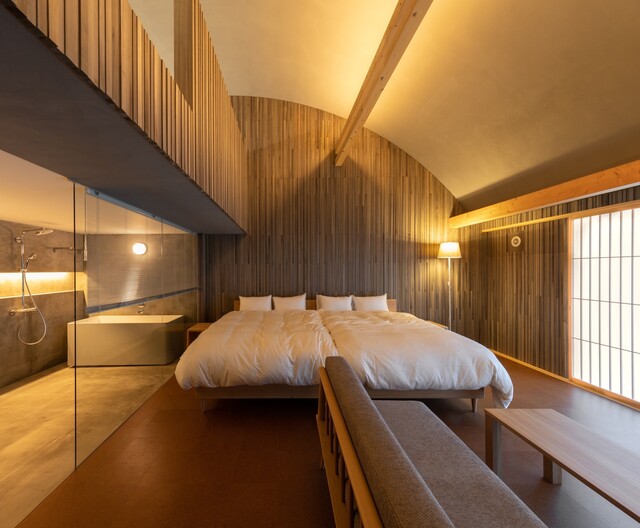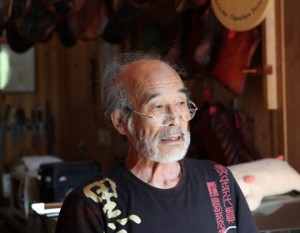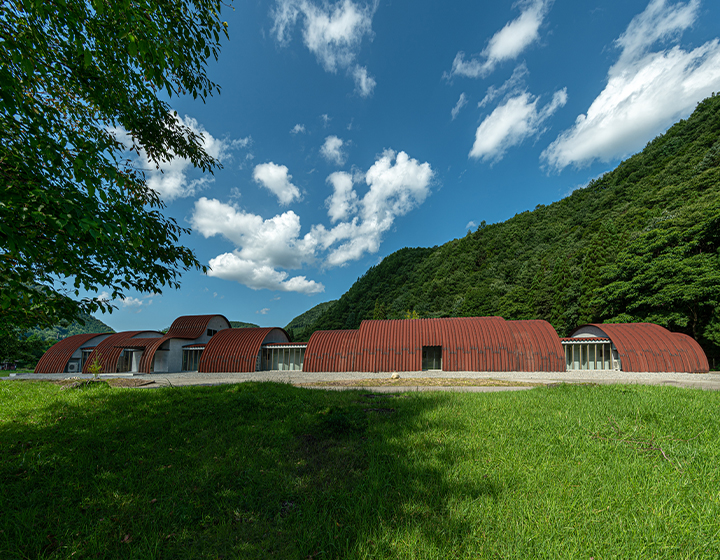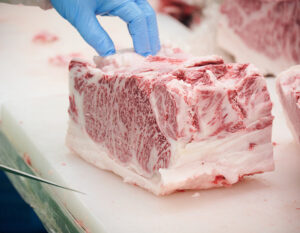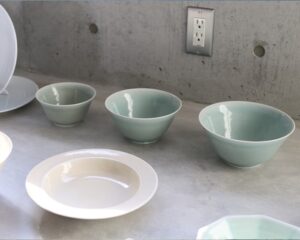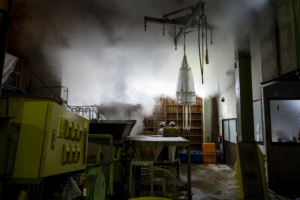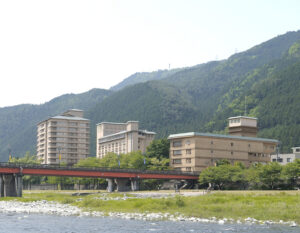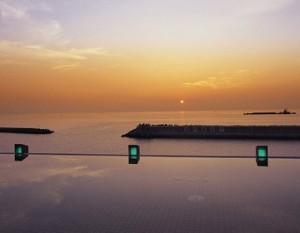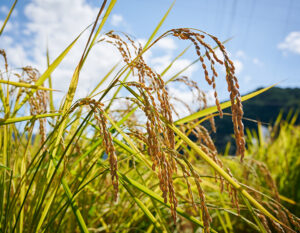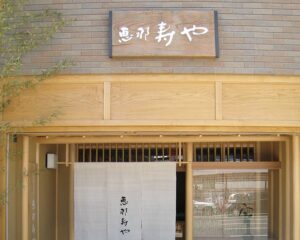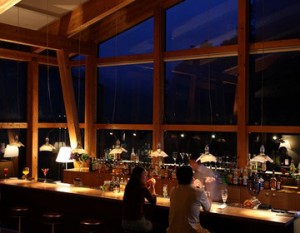Auberge is a French word that refers to a restaurant with accommodations in the suburbs. In Japan, French cuisine became popular during the high-growth period, and auberges began to open in rural areas in the 1980s, in the midst of the bubble economy. The difference between an auberge and a hotel is that an auberge is a facility where meals, not lodging, are the objective. The best part of an auberge is that you can taste the local ingredients and rest comfortably because it is basically located in a place rich in nature.
Taste the food and rest well in Gifu
Auberge Genju opened in August 2020 along the Seseragi Kaido (Seseragi Road), which connects Hida Takayama and Gujo Hachiman in the northern part of Gifu Prefecture and is famous for its autumn leaves. The hotel is located in the “Furusato Park” in Kiyomi-machi, Takayama City, Gifu Prefecture, a mountainous area at an elevation of 800 meters above sea level. The dome-shaped paramodern building with a beautiful curved roof clad in red rust warmly welcomes guests. The concept of “paramodern ” was proposed by Shuhei Endo, one of the internationally acclaimed contemporary architects who designed this auberge. The characteristic design of corrugated steel plates (a corrugated building material) is in harmony with the surrounding mountains and river while maintaining functionality to withstand large amounts of snowfall, and the texture and aroma of the Hida cedar and cypress used abundantly in the building provide a high quality of comfort. The hotel is located in the Hida area of Hida City.

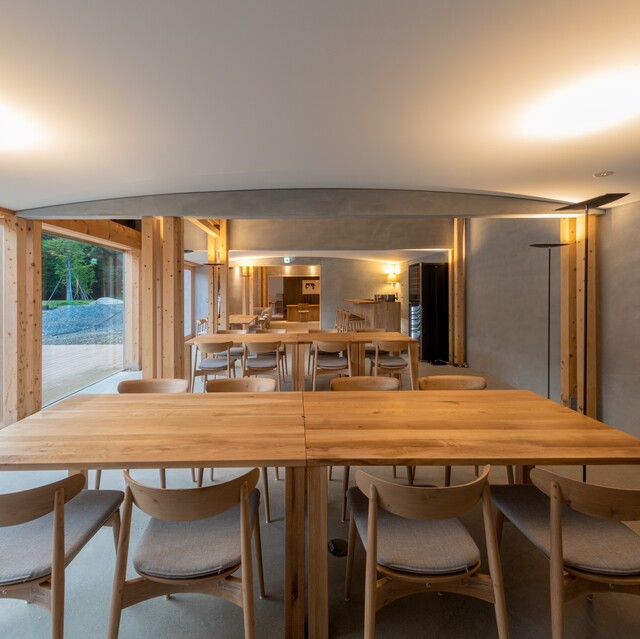
The foundation of the hotel is “Shokugaku”, or the enjoyment of food.
Owner Nobuhiro Kojima’s concept of cuisine is “shindo fuji. He carefully selects ingredients from the nearby cities of Takayama, Gujo, and Gero in the hopes that his customers will become healthier by eating seasonal ingredients from the land. He makes numerous trips to the production sites, and based on the words of the producers and his own experiences there, he creates dishes that are full of nourishing flavors to nourish the body and soul. The basis of his cuisine is “Shokuraku,” a food culture advocated by Masatake Fukumori, a potter at Doraku Kiln, an Iga pottery kiln that has been in operation for seven generations in the village of Iga, Mie Prefecture, and is known as the “Rosanjin of our time. He walks in the fields and mountains, listens to the whispers of nature, picks trees and flowers and arranges them, and enjoys cooking according to the season. Eat well, drink well, laugh well, and sleep well. In order for guests to experience “Shokuraku,” a redefinition of Japanese food culture, I needed to understand the essence of the bounty of this land better than anyone else. And so, at Tokuyama-zushi, one of Japan’s leading Japanese-style auberges, he continues to learn from the owner, Hiroaki Tokuyama, how to deal with the local climate and ingredients, embodying “Shokuraku” on a daily basis.
The next day, after a peaceful sleep after being satisfied with dishes using mountain delicacies, wild game, and river fish nurtured in nature-rich Gifu Prefecture, the murmuring of the Maze River and the air created by the mountains stocked with natural beech forests will lead you to a refreshing awakening. This is an exceptional experience that will bring a sense of “peace” to a mind and body exhausted by daily life. The special cuisine and travel experience in a secluded place will give you a precious time away from the hustle and bustle of the city and the notifications on your smart phone to come back to yourself.
